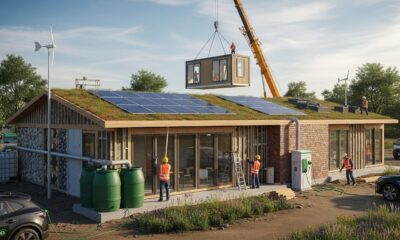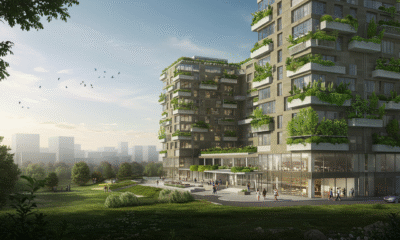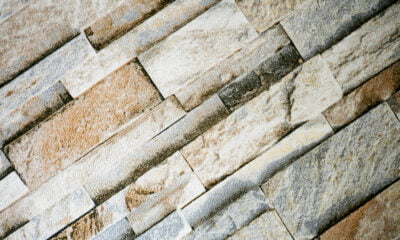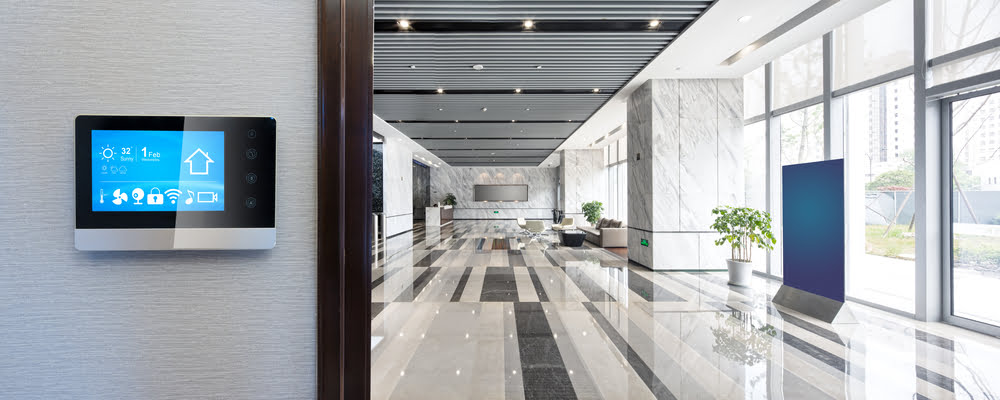
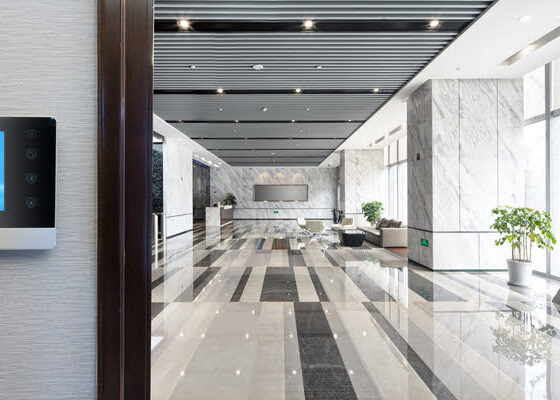
Environment
Is Smart Building Technology the Future of Sustainability?
Sustainability is becoming a greater concern for many people all over the world. Many organizations are investing in green buildings to lower their carbon footprint. Global contractors spent over $190 billion on green building materials last year.
There are different ways to create eco-friendly buildings. Obviously, it helps to use buildings made from sustainable materials. However, it is also helpful to create smart buildings.
What Are Smart Buildings and How Are They Eco-Friendly?
“Smart building” can be a rather broad term, but what underpins them all are several key concepts of smart building technology. The shared building blocks are responsible for creating much of the core functionality of today’s smart buildings that can be subsequently used for the immersive experiences and powerful controls that the buildings are known for.
There are also a number of reasons that smart buildings are eco-friendly. Some of these benefits include:
- You can use data analytics to track the energy expenditures of individual building assets. Technology like Envizi by IBM can help lower your carbon footprint by reducing energy consumption of individual building elements.
- Smart buildings can be programmed to turn off appliances when they are not needed, which reduces energy usage and lowers the carbon footprint.
- Smart buildings can make it easier to monitor occupants and how they use appliances. This can help people recognize energy wasting behaviors that need to be corrected to lower their carbon footprint.
The 2020 Global Status Report for Buildings and Construction by the United Nations showed that smart buildings can do a lot to help the environment.
What Is Smart Building Technology?
Before you can adequately use smart buildings to help the environment, you need to understand what they are and how they work. Smart building technology refers to any technology related to the control and monitoring of building occupants and systems. Importantly, it is a digital infrastructure that protects facilities against technical obsolescence by future proofing them.
With smart building technology, for example, it is possible to access Internet of Things (IoT) elements such as environmental and lighting controls from a central control panel along with more complex systems such as data collection and augmented reality. This technology can make the building more convenient for people using it and improve energy efficiency to help the planet.
Simply put, smart building technology is the practical outcome of the smart building architecture design process. It is also the future of sustainability in building design.
IoT Sensors
The different sensors that can be used for tracking exactly what’s happening inside a building is one of the more powerful tools in the smart building arsenal. The sensors are used for understanding and helping building occupants better. They can also monitor energy use in the building to help lower the carbon footprint.
Oftentimes, this is in the form of occupancy sensors capable of determining the exact number of people in a space and their exact location, which can be used for various purposes such as HVAC regulation, monitoring the usage of parking areas and enforcing COVID-19 protocols. Companies that really want to lower their carbon footprint will use it to minimize energy use.
The deployment of IoT devices throughout a location such as a shopping mall can significantly improve visitor experience, but it can be challenging to manage them because each platform comes with its own app.
Disparate systems are centralized by smart building technology thus allowing for more efficient and easier management. Vera by Resonai is one such system. Unlike the rest of the smart building platforms, it provides highly accurate location-based services without the need for any external hardware, markers, or sensors.
Digital Mapping and Digital Twins
The most powerful and accurate way that you can ever deploy smart building technology is through the creation of a true 1:1 duplicate of a building, which is referred to as a digital twin. Having a perfect digital replica of a building that updates itself in real time based on data provided by the physical twin gives building managers an unmatched level of control and accuracy.
For example, Vera from Resonai creates a live simulation in the cloud that’s constantly updating and learning. This allows for very accurate indoor mapping and navigation, since the model changes as the physical location changes.
Fast and Universal Internet Connectivity
The technologies underpinning smart buildings require a consistent and universal internet connection. To achieve that, a combination of hardwired ethernet and intelligent Wi-Fi coverage is typically used.
Many buildings, especially the older ones made of concrete can be full of internet dead zones and this can be a major problem when it comes to a smart building. Having a hallway or room that cannot be tracked accurately or an area where an individual cannot be located, hampers the usefulness of these buildings significantly.
It is only by ensuring that the entire facility has good connectivity that the whole building be truly considered “smart”, which is an integral component of smart building systems.
Control Center
All the data that flows from the connected devise and sensors needs a way to be controlled. One option would be running dozens of different apps, one for each system. Unfortunately, that’s highly inefficient and leads to a lack of interoperability.
Instead, a good smart building system should ideally run from a single platform that allows all the incoming data to be managed and controlled from a universal app, whether it is via smartphone or computer.
Such types of smart building management systems ensure maximum efficiency when it comes to handling different data streams, which allows for better security, lower energy consumption, and faster maintenance.
Augmented Reality
A compelling use case for smart building technology is augmented reality since it can be used for everything from indoor navigation, training new hires, or directing maintenance to problem areas, all of which are smart building applications.
Augmented reality leverages several technologies on this list – a combination of digital mapping and sensors – to accurately create an overlay on top of the world viewed on a smartphone. This use case essentially combines numerous ideas into a single holistic package that radically transforms how individuals can act within a 3D space.
Forward and Backward Compatibility
Like most smart technologies, intelligent building technologies should be ideally implemented with a focus on the future. It will be even more important as concerns about sustainability become more significant. There will always be new and exciting options when it comes to modernizing buildings just on the horizon that can radically transform our thinking about a location.
Intelligent building infrastructure should ideally be assembled thinking about the ability to upgrade and expand it as needed – in the form of sufficient power going to all areas, of more bandwidth that is immediately required, and more.
Not just that, but it can be a good idea to consider backward compatibility as well. Is it possible for centralized systems to be updated to work with the new platform? Is it possible to control a 20-year-old HVAC system without HVAC software to monitor it and aging security system from the new platform? Or will a complete overhaul and retrofit be needed? Some can be updated, or workarounds can be established, but it is sometimes important to start from scratch.
Smart buildings rely on complex networks of systems that are interlinked and ideally controlled from a single building platform. By taking all those disparate systems and having them all in a single place, building managers are able to reduce power consumption, design better experiences for tenants, and fix issues more accurately and quickly when they arise. Smart building technologies are the key to more user friendly and more efficient experiences at each level of use.
Smart Buildings Are the Future of Sustainability in Building Design
Green buildings are becoming more in demand than ever. Smart buildings are the natural evolution of green building design, since they are setup to lower energy use. More eco-friendly building managers will turn to smart buildings in the future.


 Environment10 months ago
Environment10 months agoAre Polymer Banknotes: an Eco-Friendly Trend or a Groundswell?

 Environment11 months ago
Environment11 months agoEco-Friendly Home Improvements: Top 7 Upgrades for 2025

 Features9 months ago
Features9 months agoEco-Friendly Cryptocurrencies: Sustainable Investment Choices

 Features10 months ago
Features10 months agoEco-Friendly Crypto Traders Must Find the Right Exchange
